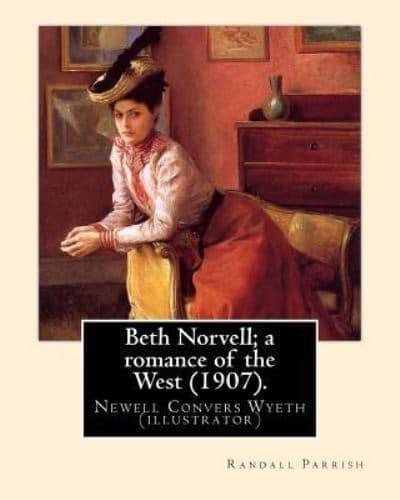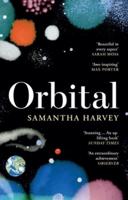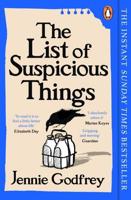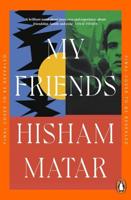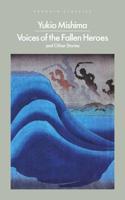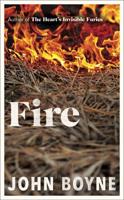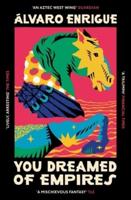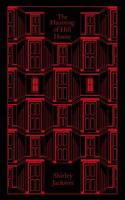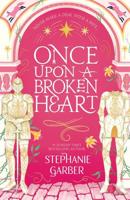Publisher's Synopsis
Randall Parrish (1858-1923) was an American author of dime novels, including Wolves of the Sea (Being a Tale of the Colonies from the Manuscript of One Geoffry Carlyle, Seaman, Narrating Certain Strange Adventures Which Befell Him Aboard the Pirate Craft "Namur"). Early life: Parrish was born in the city of Kewanee, the only son of Rufus Parker and Frances Adeline (Hollis) Parrish. He was born in "Rose Cottage" on June 10, 1858, at what was later the site of the city's Methodist Episcopal church. The old family home was at Gilmanton, New Hampshire, but the parents removed to Kewanee from Boston, where Rufus Parker Parrish had been engaged in business and was prominently associated with William Lloyd Garrison and others in the anti-slavery cause. Both parents had a wide acquaintance with the famous Boston citizens of that era, including Longfellow, Holmes, Whittier, Wendell Phillips and Emerson. They came to Kewanee, then the merest excuse of a village, in April, 1855, the husband becoming connected with the pioneer store of Morse & Willard, then situated at the corner of Main and Fourth streets. A little later the firm became Parrish & Faulkner, the business finally being sold to Elias Lyman, being thus the nucleus for the large department store of Lyman-Lay Company. From the time of arrival until his death in 1903 Mr. Parrish was ranked among the most prominent citizens of this community, where he conducted a book store and held many offices of trust. St John's Episcopal church was established and maintained largely through his efforts and for twenty-five years he was president of the public library board...... Newell Convers Wyeth (October 22, 1882 - October 19, 1945), known as N. C. Wyeth, was an American artist and illustrator. He was the pupil of artist Howard Pyle and became one of America's greatest illustrators.[1] During his lifetime, Wyeth created over 3,000 paintings and illustrated 112 books, 25 of them for Scribner's, the Scribner Classics, which is the work for which he is best known. The first of these, Treasure Island, was one of his masterpieces and the proceeds paid for his studio. Wyeth was a realist painter just as the camera and photography began to compete with his craft. Sometimes seen as melodramatic, his illustrations were designed to be understood quickly. Wyeth, who was both a painter and an illustrator, understood the difference, and said in 1908, "Painting and illustration cannot be mixed-one cannot merge from one into the other." He is notably the father of painter Andrew Wyeth and the grandfather of Jamie Wyeth, both celebrated American painters....Wyeth was born in Needham, Massachusetts. An ancestor, Nicholas Wyeth, a stonemason, came to Massachusetts from England in 1645. Later ancestors were prominent participants in the French and Indian Wars, the Revolutionary War, the War of 1812, and the American Civil War, passing down rich oral histories and tradition to Wyeth and his family and providing subject matter for his art, which was deeply felt. His maternal ancestors came from Switzerland, and during his childhood, his mother was acquainted with literary giants Henry David Thoreau and Henry Wadsworth Longfellow. His literary appreciation and artistic talents appear to have come from her.He was the oldest of four brothers who spent much time hunting, fishing, and enjoying other outdoor pursuits, and doing chores on their farm. His varied youthful activities and his naturally astute sense of observation later aided the authenticity of his illustrations and obviated the need for models: "When I paint a figure on horseback, a man plowing, or a woman buffeted by the wind, I have an acute sense of the muscle strain." His mother encouraged his early inclination toward art. Wyeth was doing excellent watercolor paintings by the age of twelve.....
